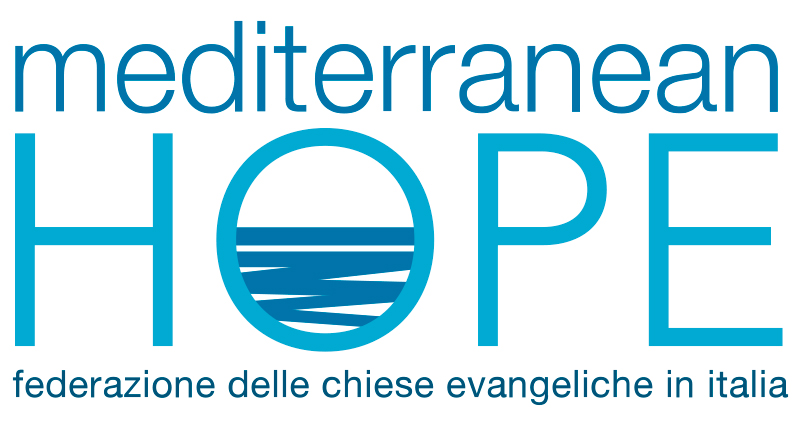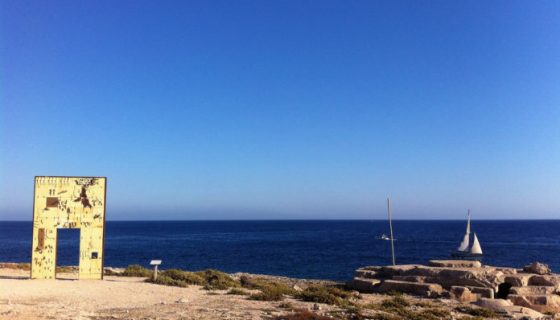- Mediterranean Hope - Federazione delle chiese evangeliche in Italia
- mh@fcei.it
Immigration Flows: No Concentration but Relieving Congestion
by Paolo Naso To date, we do not know if the so-called “Khartoum process” supported by Renzi’s government during the Italian EU Presidency will have a future or if it is one of the many “working hypothesis” put in place to involve other European countries in facing immigration flows in the Mediterranean. Whatever interpretation we provide, it is clear that the “process” is wrapped in uncertainty, and this is raising some concerns. Stefano Liberti was right in denouncing on the March 18 issue of Internazionale the “latest trick against migrants”. According to UNHCR, between January and March irregular immigration in the Mediterranean have already killed more than 400 migrants trying to reach Europe, far more than the 15 victims recorded in the same period a year ago. We are facing a process that, growing and accelerating, requires quick and effective responses. Haste and urgency cannot come at the expenses of human rights and humanitarian protection. Creating large concentrations of migrants and asylum seekers does not solve any problems. It could create some new issues, instead. As for instance, the concentration in some already unstable countries of many migrants, managing large refugee camps, the legitimacy of regimes and governments not reliable in terms of democratic records and the protection of humanitarian law. The solution is not to concentrate but to relieve the congestion caused by migration flows. It could be done by opening “humanitarian channels” that allow people in need of protection to reach safety in Europe. On this very level, Italy could start a “best practice” in Europe, using a quibble in the visa regulation. Schengen Agreement allows an EU country to independently manage the issue of entry visas for humanitarian reasons. Spain seems doing this within the enclaves of Ceuta and Melilla in Morocco, and Italy too could open a “humanitarian channel”. Technically, some embassies would be authorized to issue such visas, allowing the arrival in Italy in safety and avoiding fueling the human trafficking run by gangs and paramilitary groups more or less in collusion with Islamic fundamentalism. There could be a trail period – used to set limits – managed in agreement with UNHCH, IOM and voluntary associations willing to open “humanitarian aid” of guidance and monitoring, in cooperation with the embassies collecting applications. Once in Italy or in another EU country, immigrants “under protection” will decide how to develop his or her migration plan.Supporting the urgent need for a good practice does not mean giving up a new law on migration and asylum seekers which requires to put on the agenda several other issues: overcoming the Dublin agreements that undermine any European solidarity in terms of reception, a security policy for migrants in North Africa, opposing irregular migration and its human cost, a new interpretation of the concept of “refugee”. Every long pilgrimage though begins with a first step. There is no magic solution and this proposal does not address some of the issues of global migration affecting the Mediterranean. Amid racism and wishful thinking, this could still be a good and sustainable proposal. However, it would be a test on Europe credibility and its moral authority on human rights.





